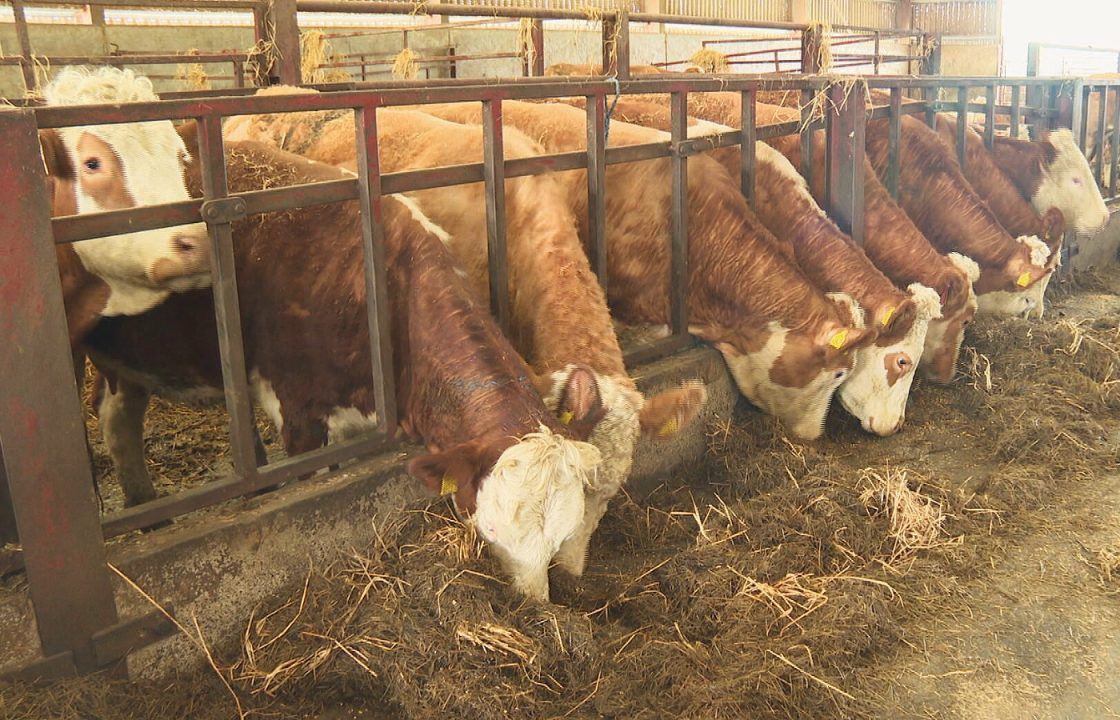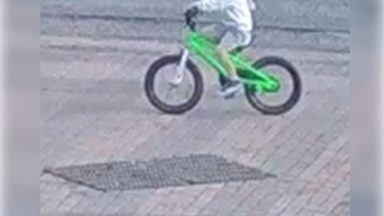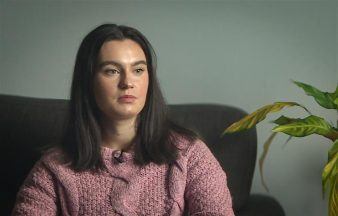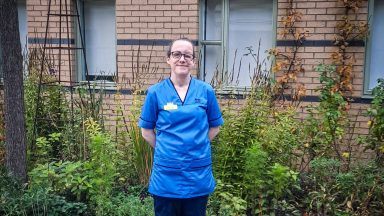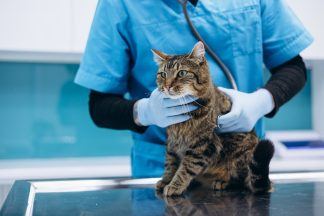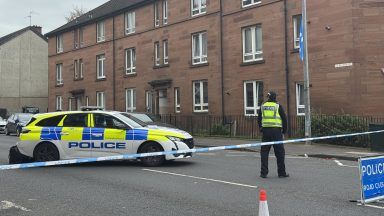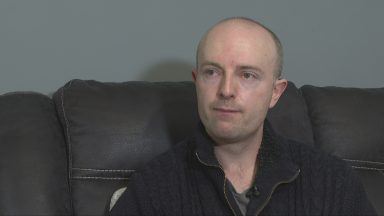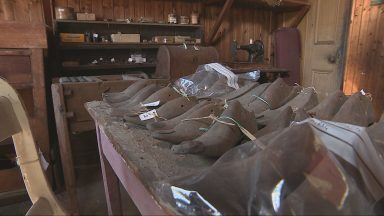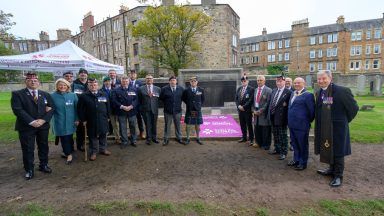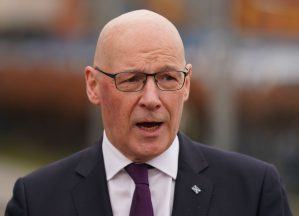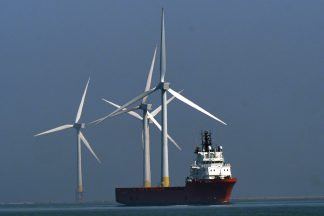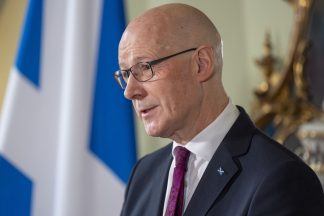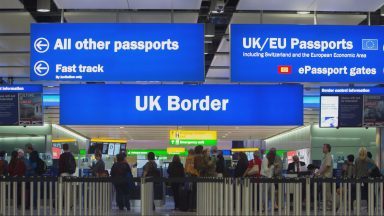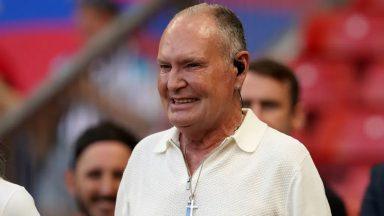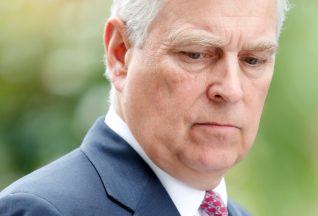Beef shortages could be seen in Scotland as cattle numbers continue to decrease across the country.
Around 80,000 more cows are needed by 2030 to meet demand, according to a new report from Quality Meat Scotland.
It comes after the Scottish Association of Meat Wholesalers (SAMW) warned in January that beef supplies are reaching a “critical point” in January.
The number of cattle in Scotland has seen a downward trend, dropping by 10% over the past decade.
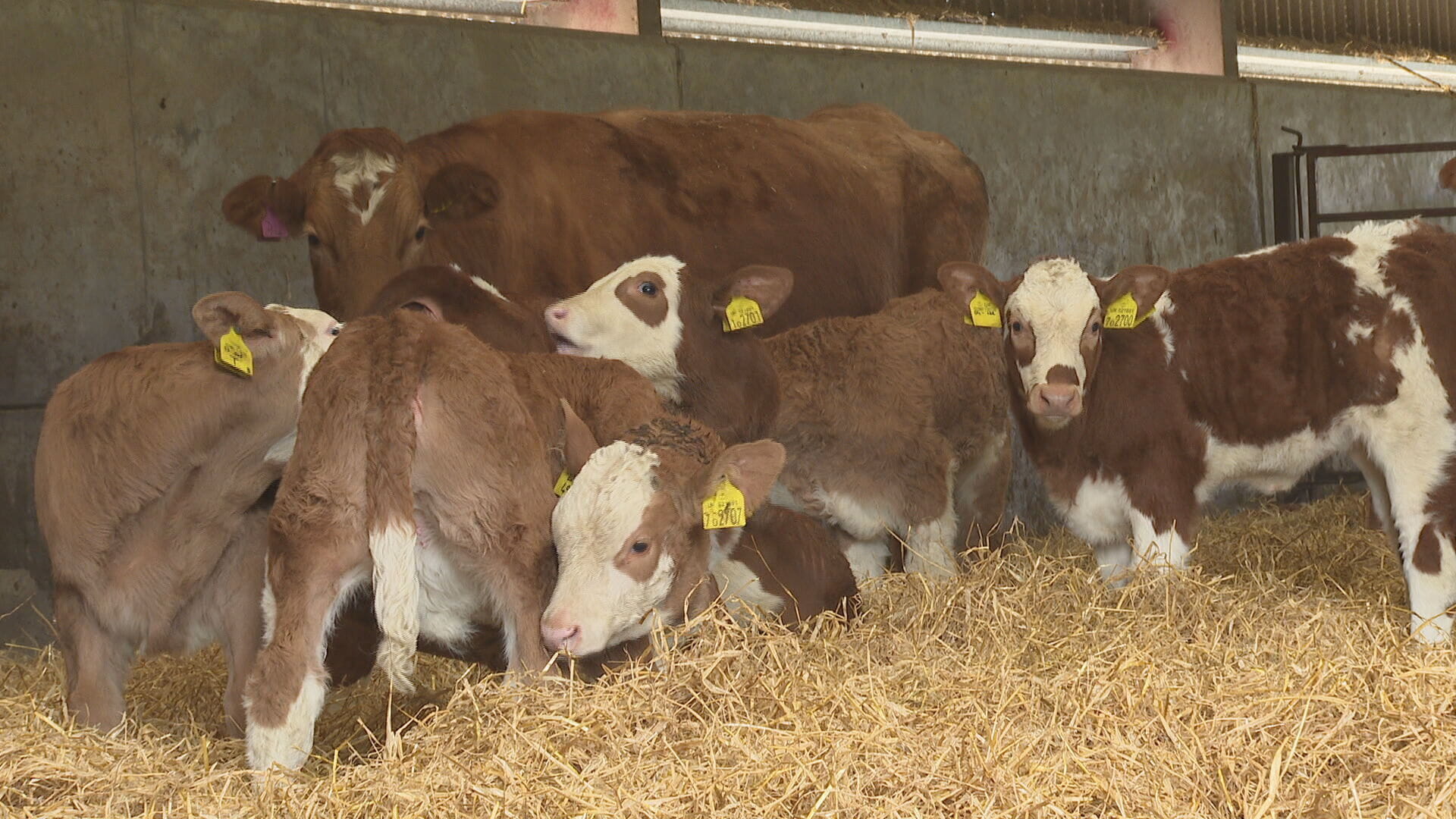 STV News
STV NewsFarmers say an increase in costs and aging workforce is behind the reduction.
Aberdeenshire farmer, Gary Christie, said the reduction in cattle “really accelerated” when the price of beef collapsed around seven years ago.
“Recently we’ve seen the price of beef rise, but then our costs rose too so a lot of people weren’t able to get back into the sector,” the 59-year-old told STV News.
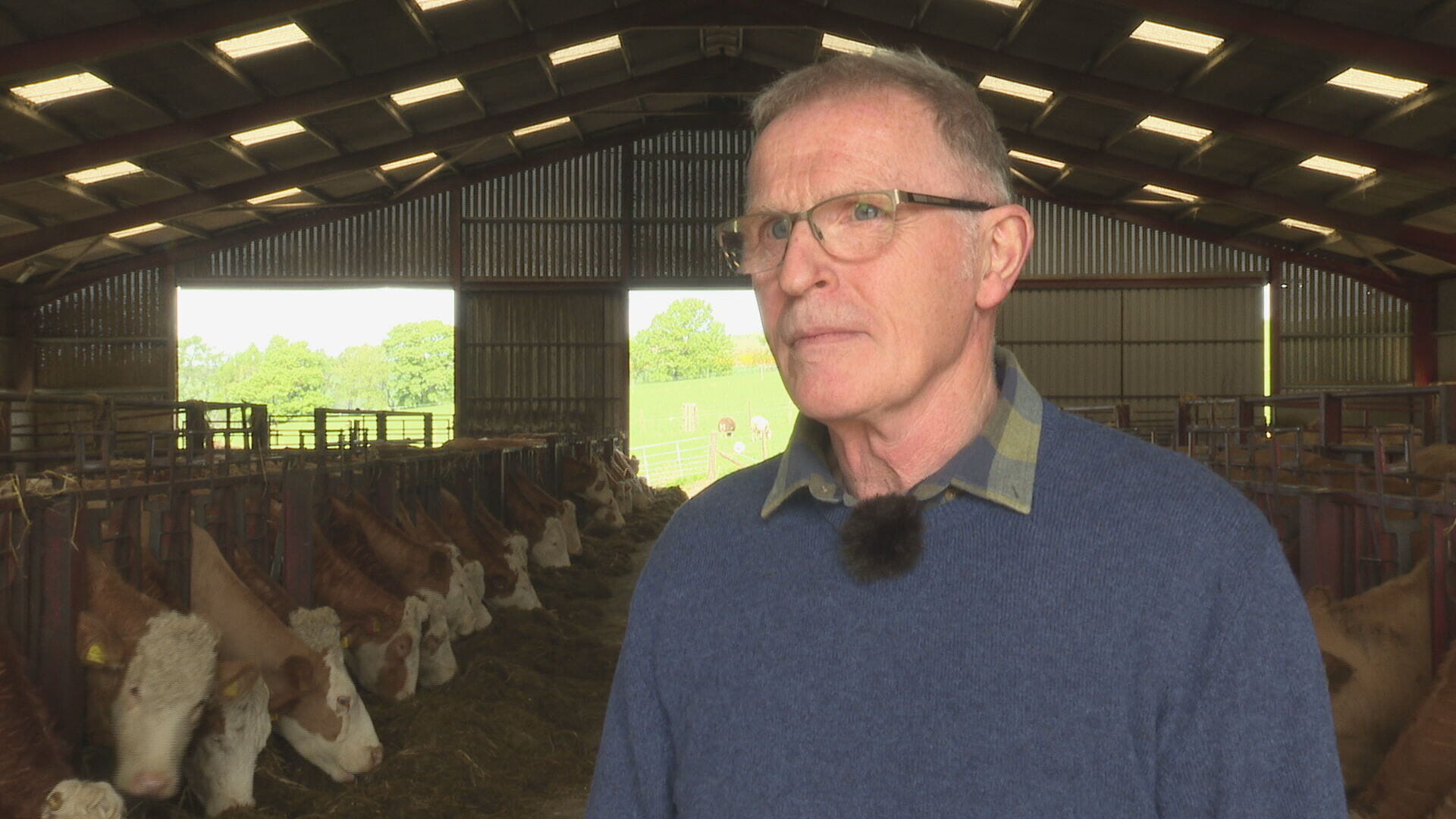 STV News
STV NewsLatest figures suggest that by 2030, the UK would collectively need to produce 278,000 tonnes of beef on top of what it is currently projected to produce to achieve full self-sufficiency.
For Scotland to bridge this gap, this equates to around an additional 22,000 tonnes of beef, requiring approximately 79,000 additional cows at the current national average reproduction rate.
This data takes into account people eating less red meat in the coming years which is a decrease of 0.3% per person per year.
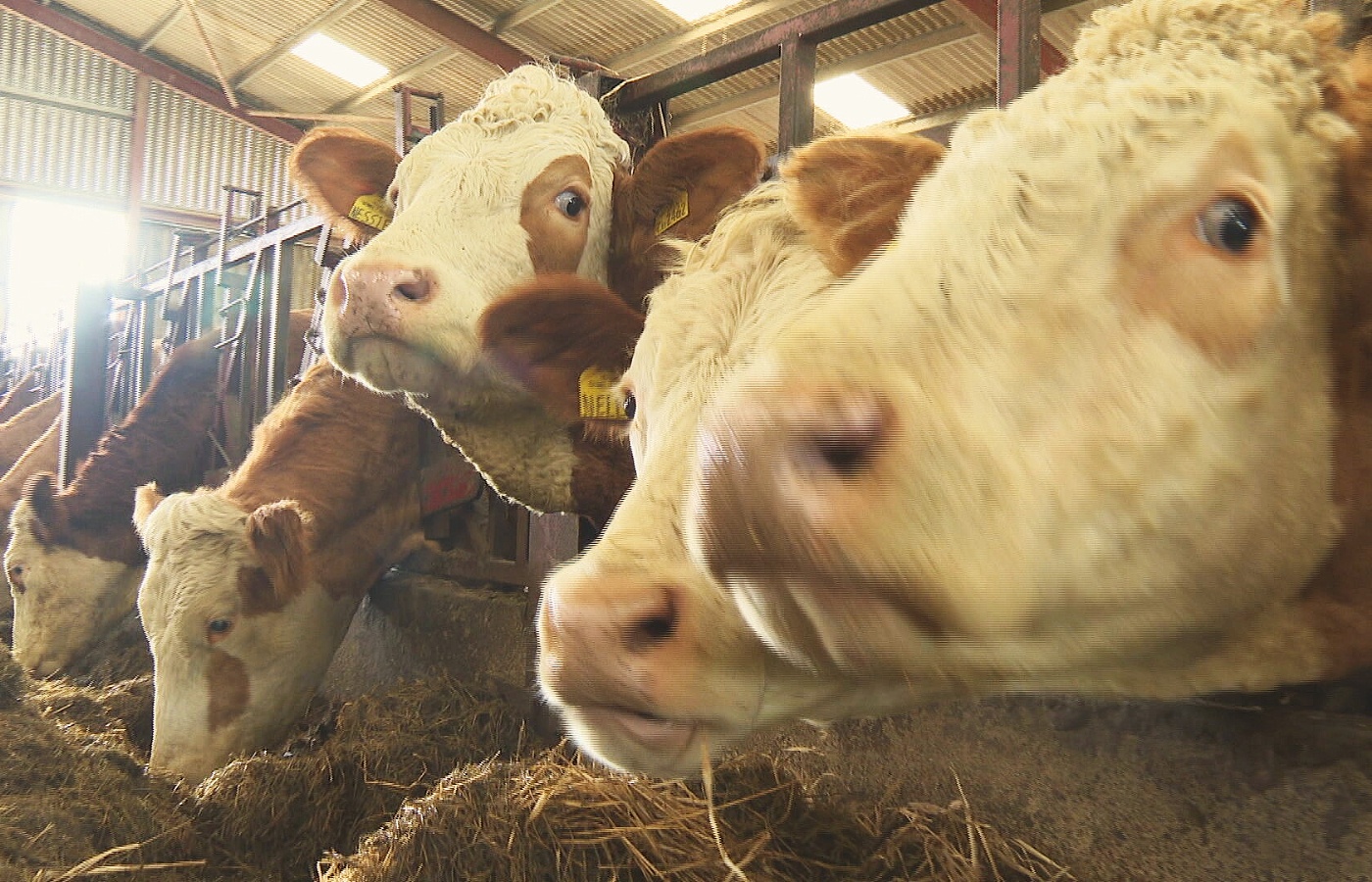 STV News
STV NewsKate Rowell, chair of QMS, said that if the UK is unable to plug the production gap it will mean more beef imports from other countries.
“If we do that we don’t have any control over cattle’s welfare and environmental standards, and we see an opportunity here to add to the Scottish Herd, by just a few cows each year that’s what we’re asking farmers to do,” she added.
The demand for Scotch Beef worldwide is also growing, with the Scottish Association for Meat Wholesalers saying they were turning buyers away due to a lack of product earlier this year.
Ms Rowell added: “The worldwide sector is really booming which provides us with a really good opportunity here in Scotland if we can meet the demand.”
However, adding more cattle to herds is not always an easy job for farmers.
Mr Christie said it can take between 24 to 26 months “from conception to plate”, adding that it’s a long time before farmers see a return in profit.
“It’s okay for a herd like ours possibly to add a few more but for many they won’t be able to do that,” he said.
He added: We need to have more confidence to grow from the Scottish Government that they support us.
Agriculture minister Jim Fairlie said the Scottish Government understands the need to maintain critical mass in the livestock sector to ensure a viable supply chain.
“In stark contrast to the UK Government, we have committed to continue to provide reformed direct support to farmers in recognition of the unique challenges facing our farming and crofting communities,” he said.
“This includes our £40m Scottish Suckler Beef Support Scheme (SSBSS) as we know how economically, socially and environmentally important Suckler herds are. These direct payments will become part of the future framework in 2027, demonstrating our continuous support.
He added: “We are taking action now through the SSBSS to offer stability and sustainability as we fully recognise that if we do not act now then livestock producers will face further pressure down the line from buyers, processors and retailers to reduce emissions.
“We will continue to work closely with QMS and other stakeholders to secure a positive future for the sector. ”
Follow STV News on WhatsApp
Scan the QR code on your mobile device for all the latest news from around the country


